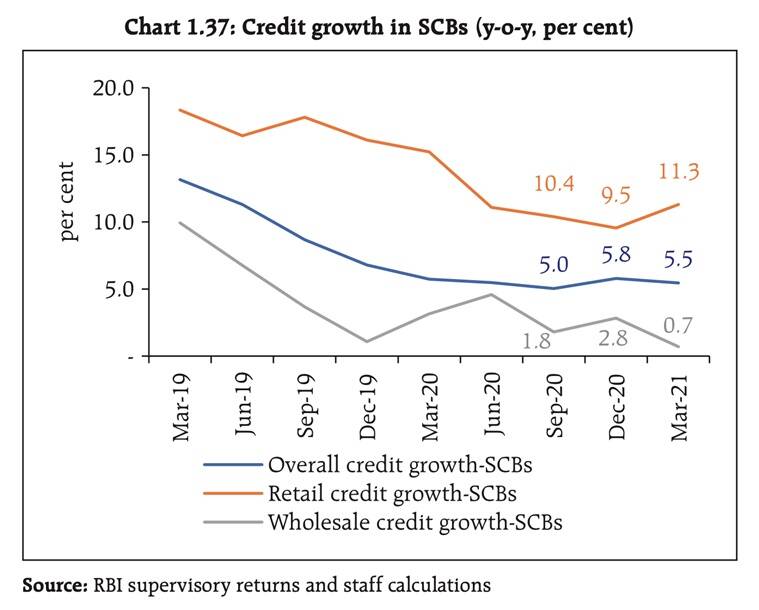Indian economy resilient despite global risks: RBI
Context :
The Reserve Bank of India (RBI) stated in its biannual Financial Stability Report (FSR) on Wednesday that the Indian economy and domestic financial system remain robust despite the increased uncertainties facing the global economy.
What is Financial Stability Report?
- Financial Stability Report: The Reserve Bank of India (RBI) publishes a Financial Stability Report (FSR) every two years. The threats to financial stability and the resilience of the financial system are evaluated collectively by the Sub-Committee of the Financial Stability and Development Council (FSDC).
- Stable Financial System Remains: The FSR reports that the nation’s financial system is still in good shape. This indicates that the system is operating efficiently and can withstand risks and shocks without suffering major setbacks or catastrophes.
- deteriorating Domestic Growth: The FSR recognises that there is deteriorating domestic growth even when the financial system is stable. This shows that while the nation’s overall economic performance may be slowing down or declining, the financial system has remained robust.
- risks from International Economic Uncertainties: The FSR is aware of the dangers that international economic uncertainties present. This is a reference to ambiguities and difficulties in the worldwide economic environment, such as modifications in the dynamics of global trade, movements in the price of commodities, or changes in major economies’ policies. The analysis shows that the Indian financial system has been able to preserve stability despite these dangers.
- Risks from Geopolitical Developments: Financial stability may be impacted by geopolitical developments such as political conflicts, trade disagreements, or regional tensions. The FSR is aware of the risks brought on by these geopolitical changes. Despite this, the paper contends that these changes did not have a significant impact on the Indian financial sector, which has proven resilient.
What were the findings in the FSR 2023?
- Gross non-performing assets ratio: According to the assertion, in March 2023, the gross non-performing assets (NPAs) ratio of India’s Scheduled Commercial Banks (SCBs) reached a 10-year low of 3.9%. This suggests that a lesser percentage of the loan portfolios held by the banks are categorised as non-performing or in default.
- Net non-performing assets ratio: The net non-performing assets ratio decreased to 1%, according to the statement. The provisions that banks have made to offset possible losses from problematic loans are included in the net NPA ratio. A reduced net NPA ratio demonstrates that banks have made sufficient provisions to control the risks related to their non-performing assets.
- Macro stress testing: According to the RBI, credit risk macro stress tests show that SCBs will be able to achieve the minimum capital requirements even under extremely stressful circumstances. The implication is that Indian banks have accumulated enough capital reserves to survive challenging economic conditions and probable loan defaults.
- Stability and Resilience: The financial system in India has remained robust and resilient, according to Shaktikanta Das, governor of the Reserve Bank of India, even though the global financial system has been under considerable duress. This suggests that the Indian financial system has demonstrated robustness and has not been significantly harmed despite the uncertainty in the global economy.
- Twin Balance Sheet Advantage: There is a “twin balance sheet advantage” for expansion, according to the statement. This idea generally implies that India’s corporate and banking sectors both have stronger balance sheets. Balance sheets that are stronger in these industries can lead to better lending practices, more investments, and overall economic growth.





